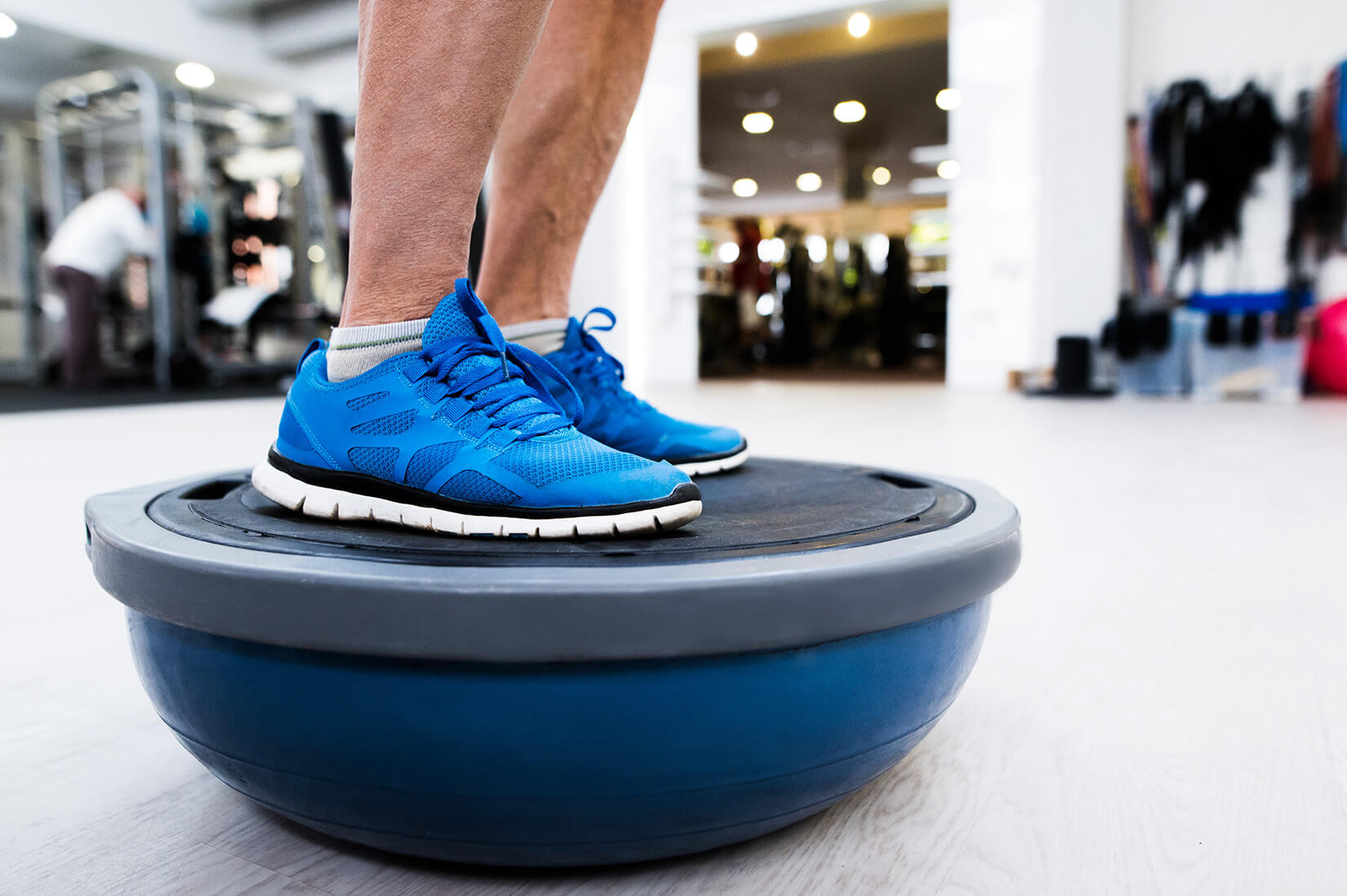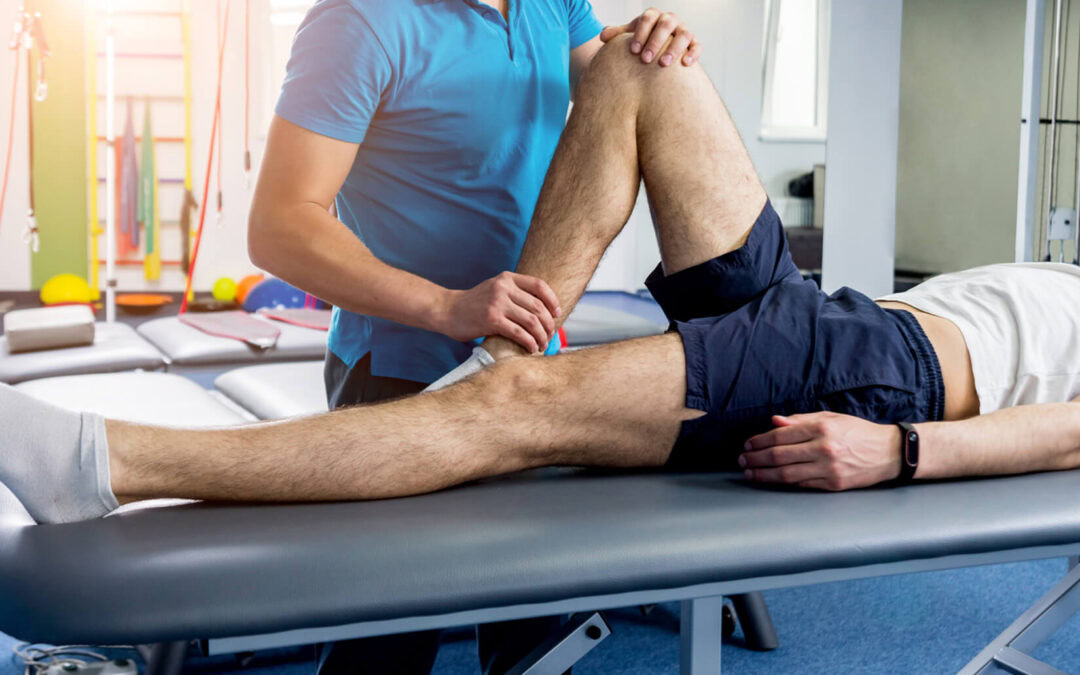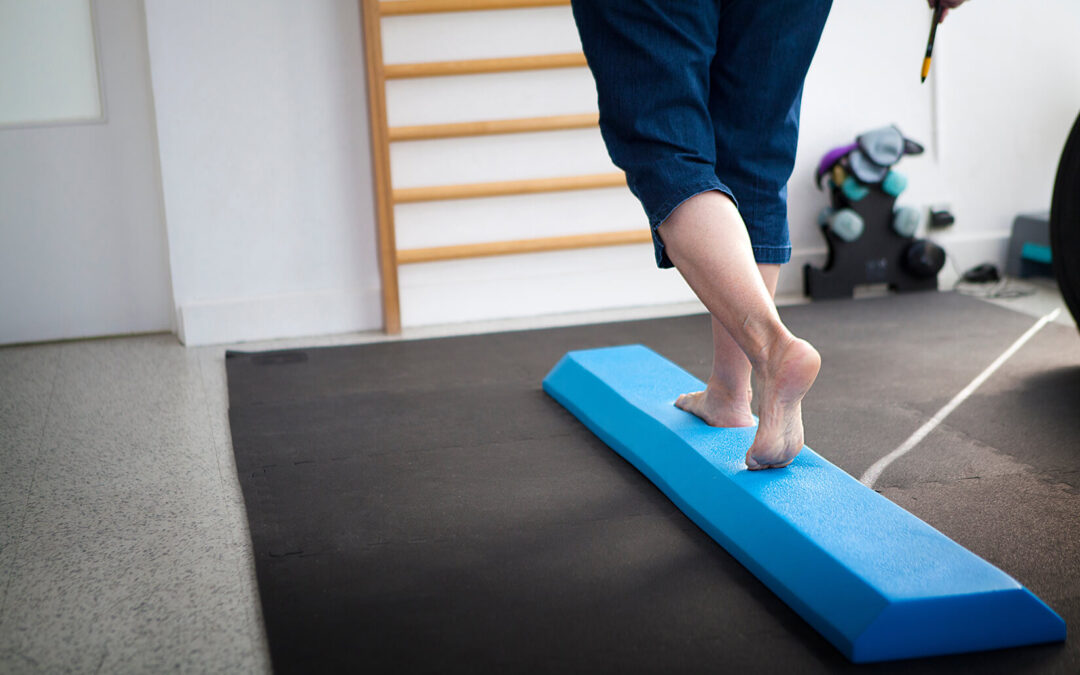Dizziness, imbalance, and vertigo can feel disorienting and disruptive, often interfering with daily life in profound ways. For people struggling with these symptoms, vestibular rehabilitation therapy (VRT) has emerged as one of the most effective treatment options. Many individuals seeking vestibular physical therapy in Denver, Colorado, often ask the same question: “How long does it take for vestibular rehabilitation therapy to work?” But the reality is that the answer to this can be complicated and nuanced and depends on many factors, such as the underlying condition, consistency of therapy, and the individual’s overall health.
Here, we will break down what vestibular rehabilitation therapy involves, the typical timeline for recovery, what influences progress, and how patients can maximize their outcomes.
What Is Vestibular Rehabilitation Therapy?
Vestibular rehabilitation therapy is a specialized form of physical therapy designed to treat balance disorders, vertigo, dizziness, and gaze instability. These symptoms often arise from issues within the inner ear and vestibular system, which are crucial in maintaining balance and spatial orientation.
Through targeted exercises, VRT retrains the brain and body to adapt to vestibular challenges. Common techniques include:
- Habituation exercises to reduce dizziness triggered by movement.
- Gaze stabilization exercises to improve focus during head movements.
- Balance training to strengthen postural control.
VRT is highly individualized, with programs tailored to the patient’s specific diagnosis and symptoms. Physical therapists create specialized programs designed for each unique patient through extensive evaluation and thorough review of their medical histories.
Common Conditions Treated with VRT
Because dizziness and imbalance can stem from many different causes, vestibular rehabilitation is not a one-size-fits-all approach. The therapy is tailored to the patient’s specific condition, which means understanding the underlying source of symptoms is the first step toward effective treatment. People seek vestibular rehabilitation for a wide range of conditions, including:
- Benign Paroxysmal Positional Vertigo (BPPV): Sudden vertigo triggered by changes in head position.
- Vestibular neuritis or labyrinthitis: Viral or bacterial infections affecting the vestibular nerve or inner ear.
- Meniere’s disease: A disorder characterized by recurring episodes of vertigo, hearing loss, and tinnitus.
- Concussion-related dizziness: Balance issues following mild traumatic brain injuries.
- Chronic dizziness or imbalance: Often unexplained but responsive to vestibular therapy.
Each condition responds differently to therapy, which is why treatment duration can vary.
How Long Does It Take to See Results?
The time it takes for vestibular rehabilitation therapy to work depends on the complexity of the condition and the patient’s dedication to the program.
1. Short-Term Recovery (1–3 weeks)
For straightforward cases like BPPV, symptoms can improve significantly within one or two sessions, sometimes resolving almost immediately after canalith repositioning maneuvers. Other mild vestibular conditions may show noticeable progress within the first few weeks of consistent therapy.
2. Medium-Term Recovery (4–8 weeks)
For most patients with vestibular neuritis, concussion-related dizziness, or chronic imbalance, improvements typically appear within 4–6 weeks of regular sessions and daily home exercises. By this point, many report reduced dizziness, better balance, and greater confidence in performing daily activities.
3. Long-Term Recovery (3–6 months or longer)
Complex conditions like Meniere’s disease, longstanding vestibular dysfunction, or cases where symptoms have persisted untreated for years may take several months of therapy. Consistency and patience with your therapy are crucial, as the brain requires time to rewire and compensate for vestibular deficits.
Factors That Influence Recovery Time
While many patients hope for a clear timeline, recovery from vestibular disorders is rarely the same for everyone. The speed and degree of improvement depend on a combination of personal and clinical factors that shape how the body responds to therapy. Several key variables can affect how quickly vestibular rehabilitation works:
- Underlying diagnosis: BPPV tends to resolve quickly, while progressive disorders may require ongoing management.
- Severity of symptoms: Severe or chronic dizziness often requires more time to retrain the vestibular system.
- Patient age: While people of all ages benefit from VRT, younger individuals may adapt faster due to greater neuroplasticity.
- Adherence to home exercises: Patients who consistently practice their prescribed exercises usually progress faster.
- Overall health: Coexisting conditions such as migraines, cardiovascular issues, or anxiety can slow recovery.
- Therapist expertise: Working with an experienced vestibular physical therapist ensures precise diagnosis and effective, individualized care.
What Patients Typically Experience
During the first few sessions, many patients notice temporary increases in dizziness as their body adjusts to the exercises. This is a normal and expected part of the process. Over time, the brain learns to interpret vestibular signals more effectively, leading to reduced symptoms.
Indicators of improvement often include:
- Less frequent or intense dizzy spells.
- Greater stability when walking or turning the head.
- Improved ability to focus while moving.
- Increased confidence in daily activities.
Tracking progress through a symptom diary can help patients and therapists fine-tune the treatment plan.
When to Seek Professional Help
If dizziness or imbalance lasts longer than a few days, disrupts daily activities, or is accompanied by nausea, headaches, or hearing changes, it’s time to consult a professional. Early intervention often shortens recovery time and prevents symptoms from becoming chronic.
Specialized vestibular therapists are trained to evaluate balance disorders comprehensively and design effective rehabilitation programs tailored to each patient.
Why Choose Total Physical Therapy?
At Total Physical Therapy, we understand how unsettling vestibular disorders can be. Our team provides customized vestibular rehabilitation programs based on each patient’s unique needs. Whether you’re dealing with BPPV, post-concussion dizziness, or chronic imbalance, we take the time to evaluate your condition and create a clear treatment roadmap.
Our therapists combine advanced clinical expertise with compassionate care to help patients regain stability and confidence in their daily lives. With structured guidance and encouragement, we empower you to achieve lasting results.
Take the First Step Toward Balance Today
If you’ve been wondering how long it takes for vestibular rehabilitation therapy to work, the answer is that progress is possible — often sooner than you think — with the right treatment plan and professional guidance. Don’t let dizziness or imbalance continue to limit your life.
Schedule an appointment with Total Physical Therapy today to begin your personalized path to recovery. Our expert team is here to help you restore balance, reduce dizziness, and reclaim the activities you love.




